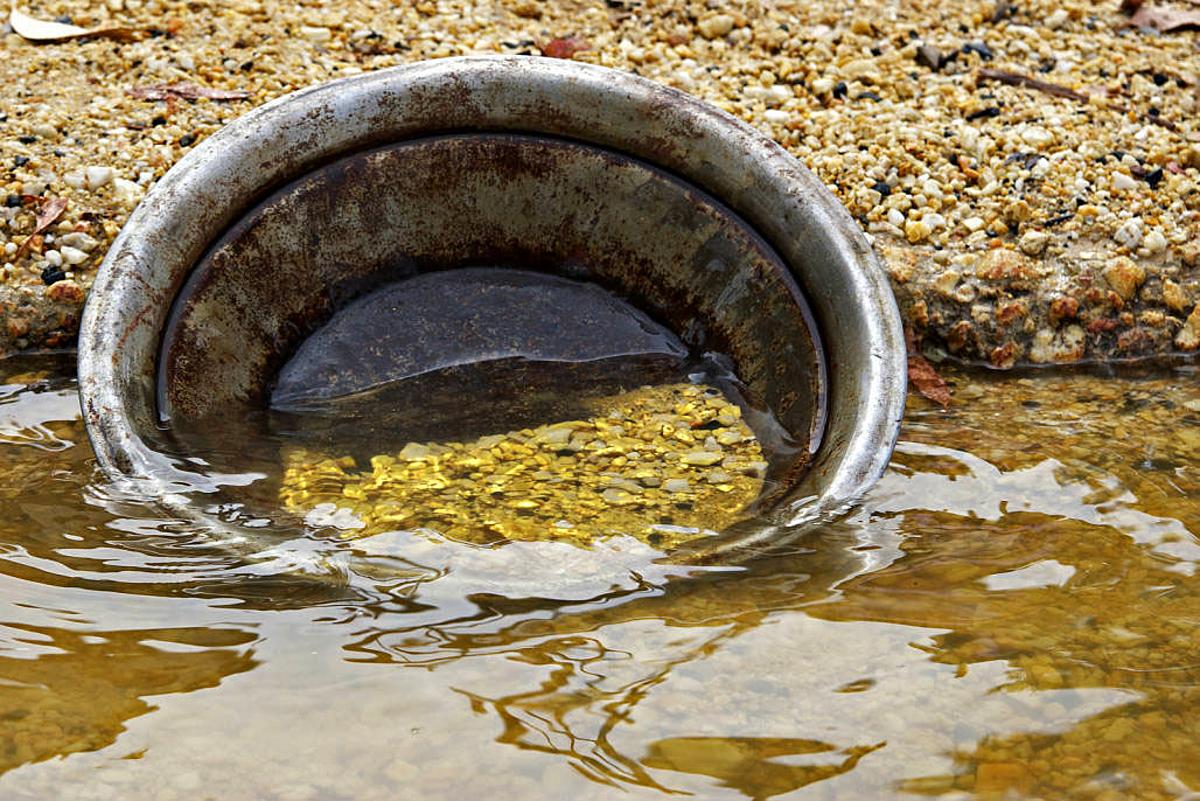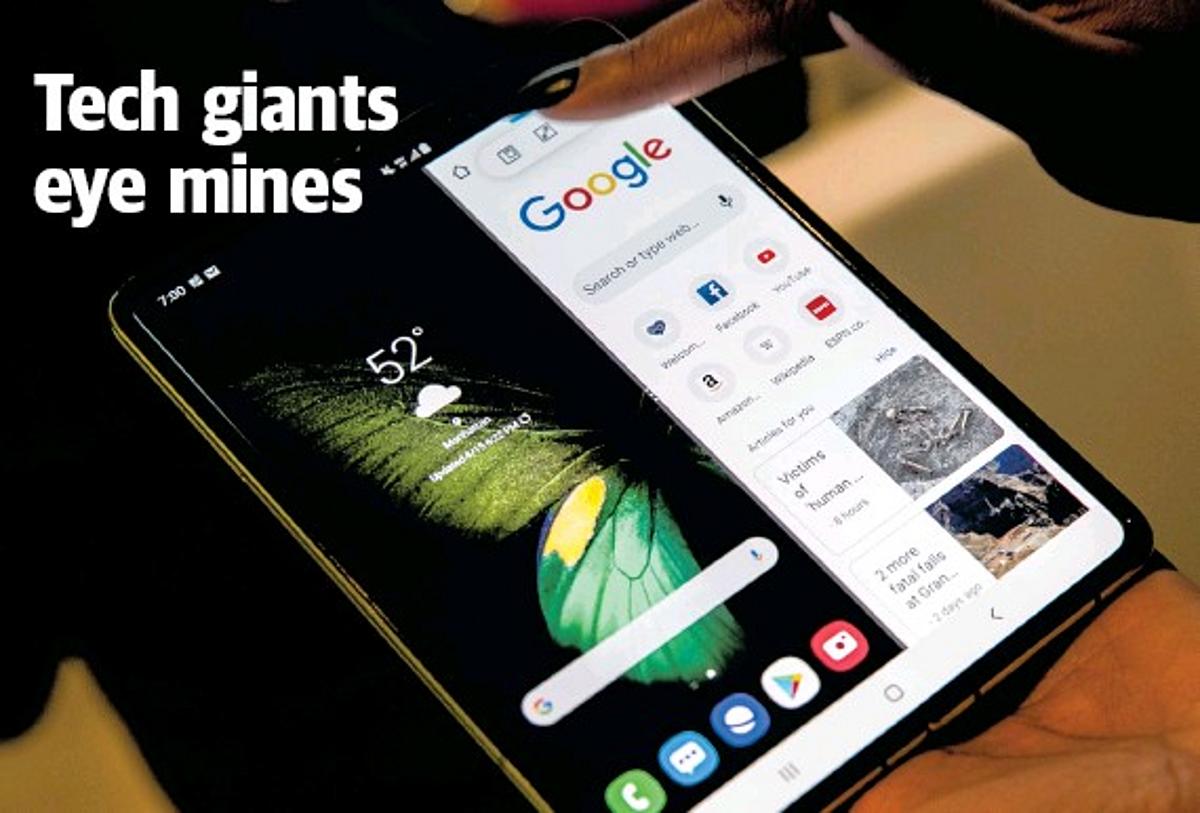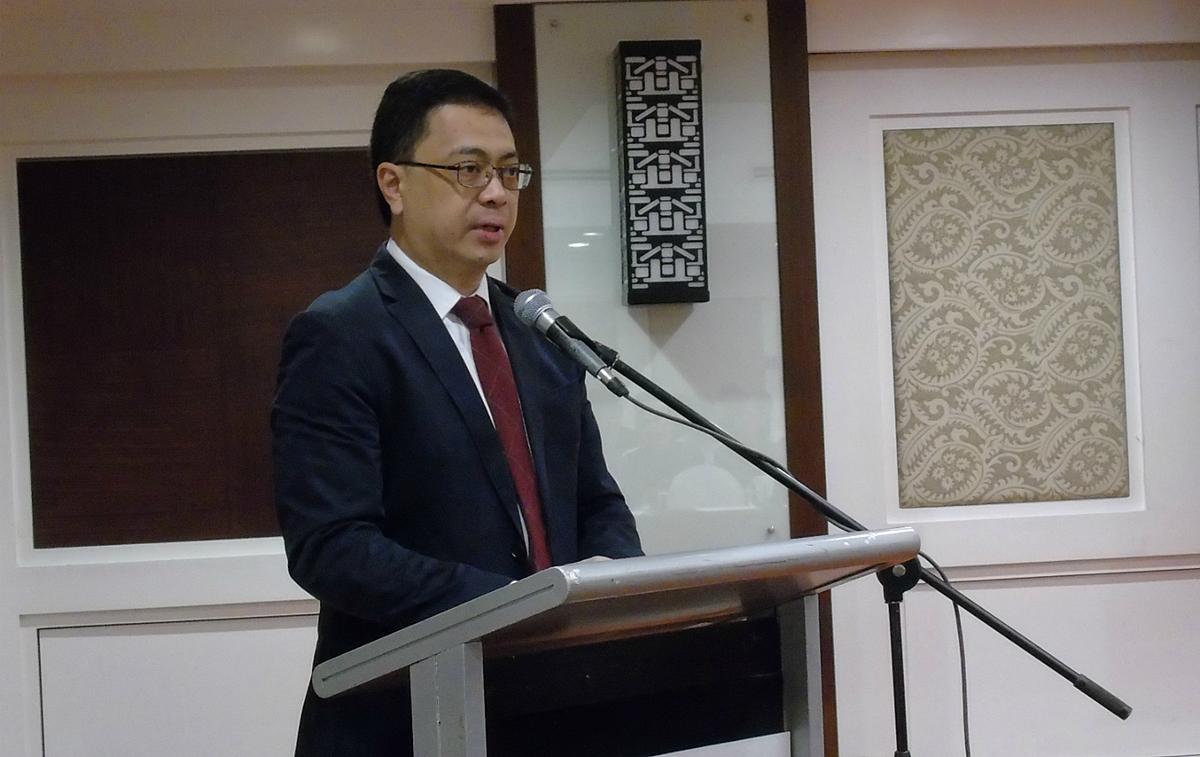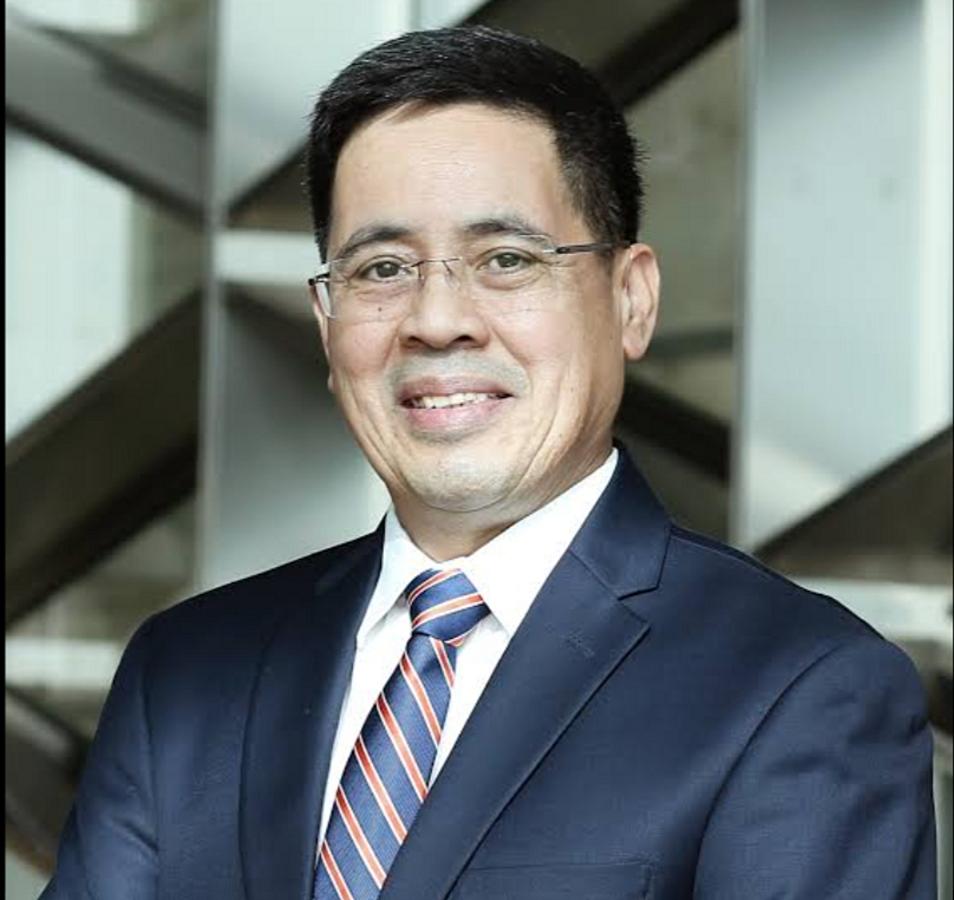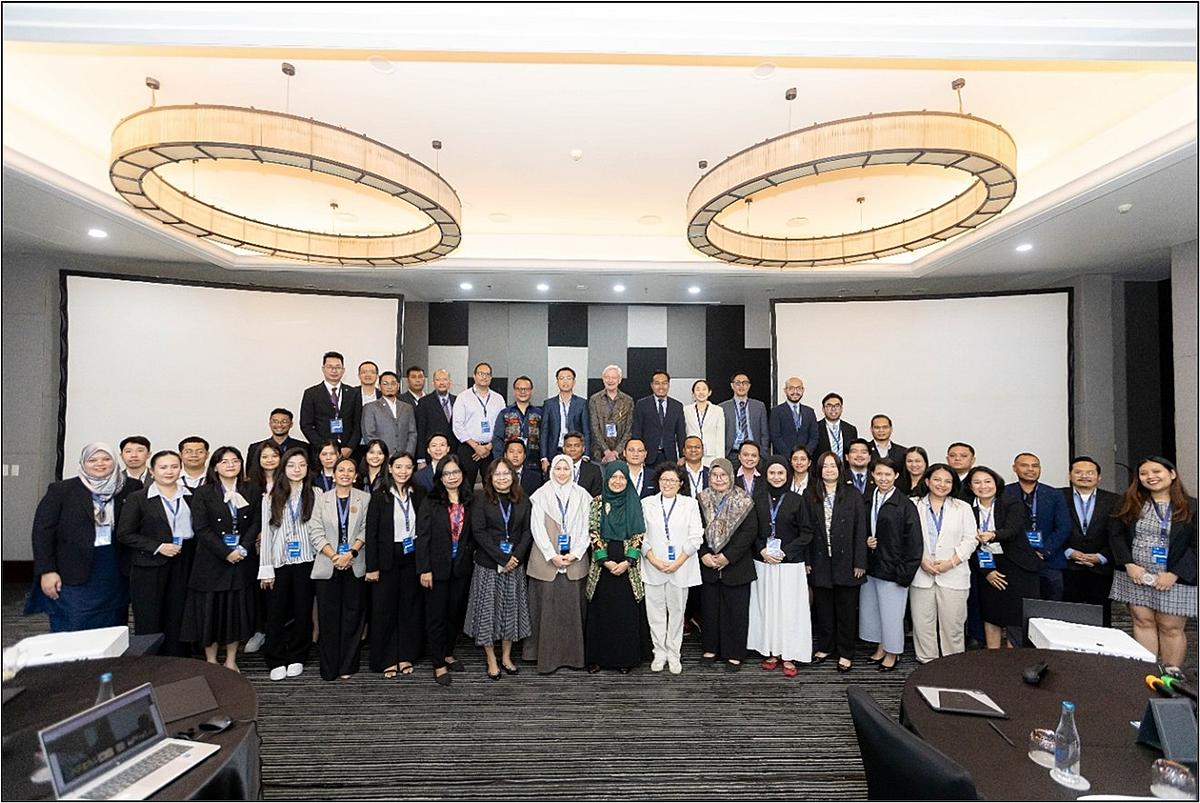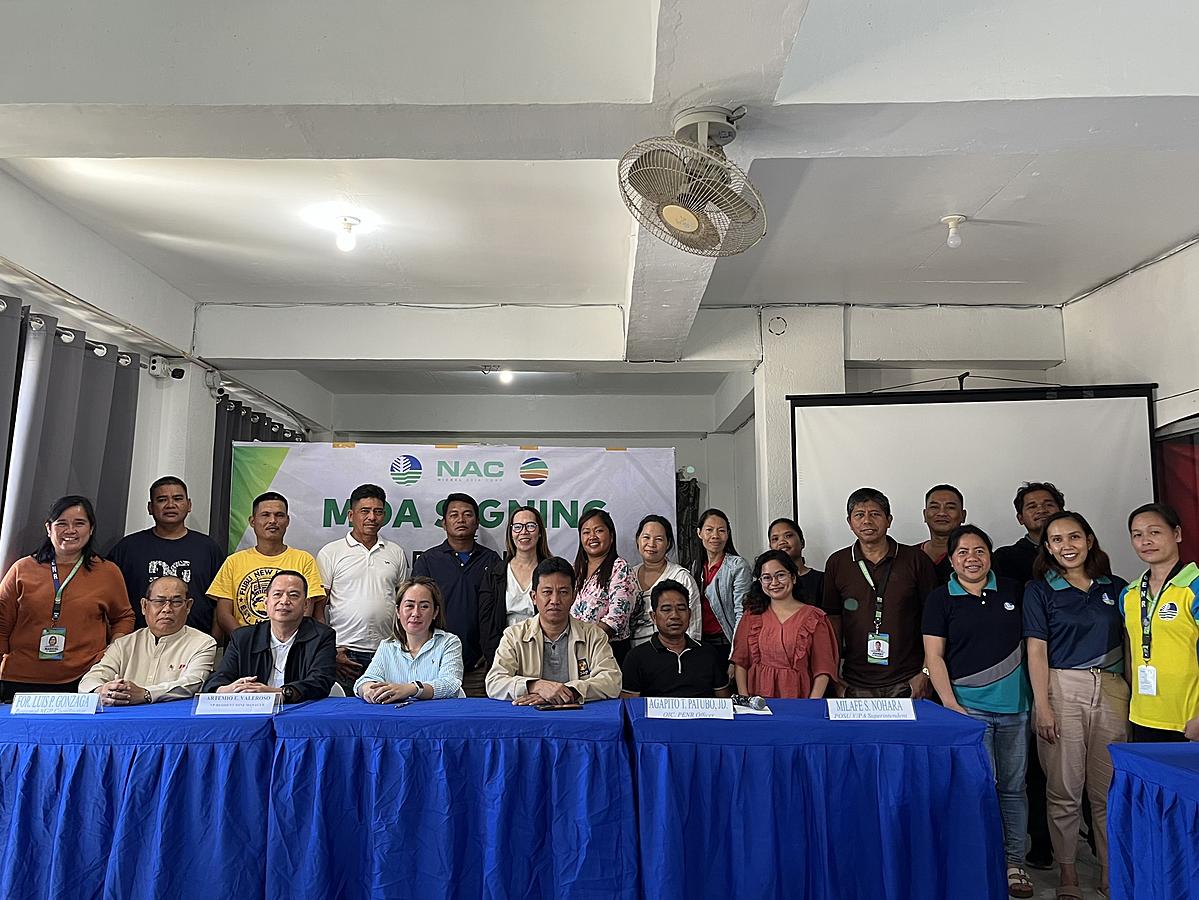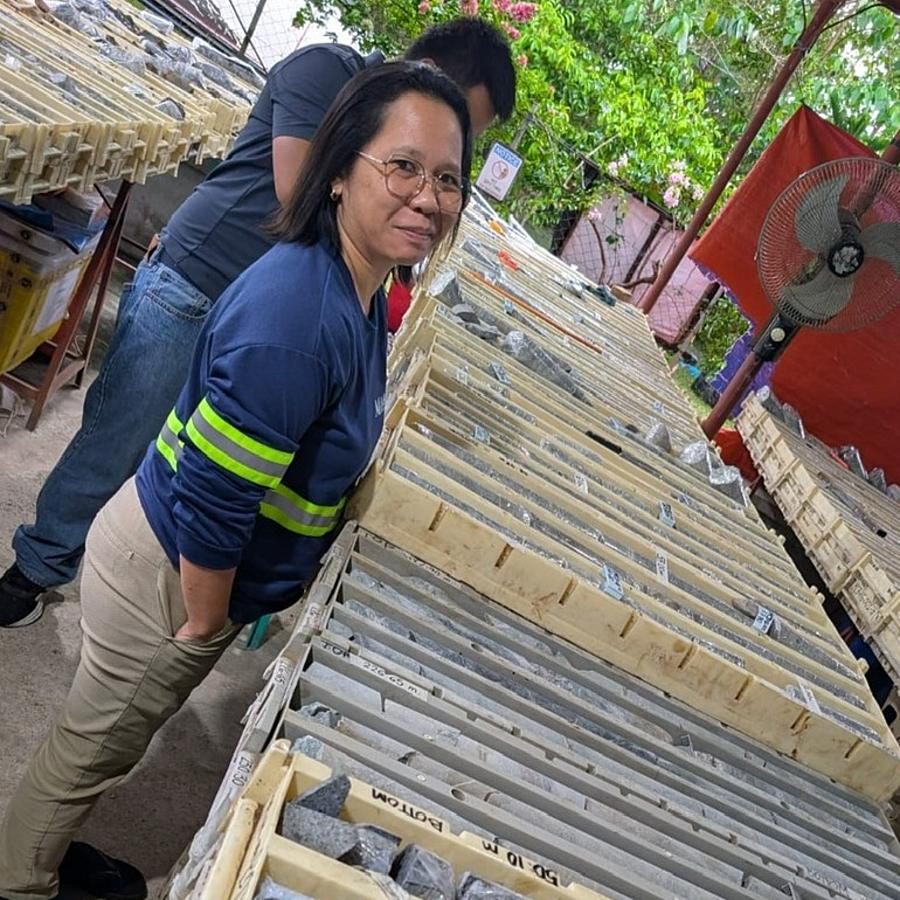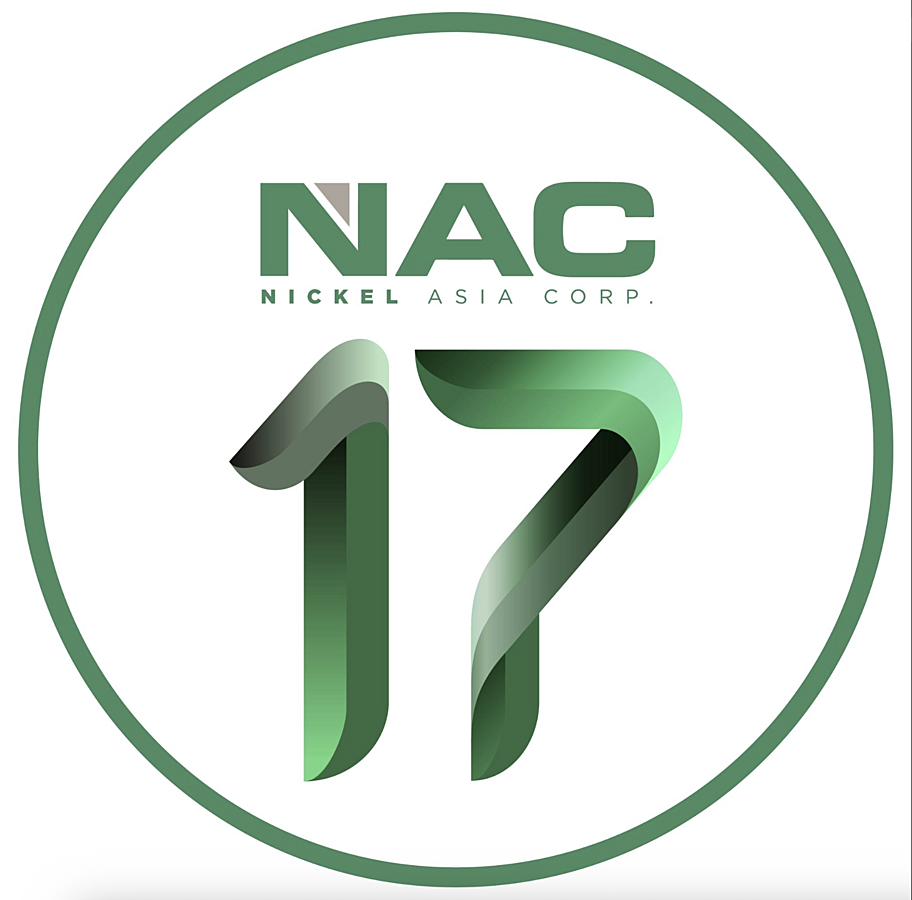Over the past few months, the price of gold has been going haywire. As the coronavirus pandemic changed the world as we knew it in March, the price of gold crashed alongside stocks then quickly regained. Thereafter, a frenzy of investment drove up the price to an all-time high. On August 4, it shot up to USD2,021/troy ounce for the first time ever before another week of big swings. It has also been reported in the Financial Times that governments globally have announced USD20 trillion worth of stimulus to combat the impact of the coronavirus, equivalent to a little over 20% of global gross domestic product. According to Bank of America, the impact of the coronavirus and US-China tensions could push the gold price towards USD$3,000/ troy ounce in the next 18 months.
The volatility of the price of gold has drawn both Wall Street and mainstream investors seeking fast gains, leading some analysts to call it a “modern day gold rush” and call into question gold’s reputation as a safe haven asset.
Gold is generally considered a “safe haven” because it has acted as a store of value, maintaining its purchasing power for thousands of years. The reality is that over the long term, the price of gold remains constant while the price of everything else goes up.
A safe haven investment typically offers diversification to an investor’s portfolio, helping it withstand volatility, or short-term swings in the prices of assets that are more vulnerable to market whims. They normally perform well during downturns and financial crises when riskier assets underperform.
These days, however, prices can move at a moment’s notice without a fundamental reason. Volatility means more risk and that means gold isn’t necessarily the haven people think that it is.
To understand why the price of gold is so volatile, it is also necessary to understand how gold trading works.
Like other precious metals, the price of gold is tied to other physical assets. The physical gold market involves mining, processing, travel and sales. Mining happens on every continent, except Antartica. The top producing countries are China, Russia and Australia, accounting for 2500-3000 metric tons of gold annually. The gold is smelted and refined into bars, coins, and other products, including jewelry.
According to the Wall Street Journal, much of the gold is sent to London where the Bank of England holds roughly 400,000 bars of gold worth USD260 billion. The physical trading of gold takes place with a few banks working with the London Bullion Market Association to set the price of a troy ounce of gold. The gold stash in London is said to be rivaled only by that of the Federal Reserve Bank of New York, which holds the largest hoard of physical gold.
In other places in the world, gold is a common investment as well. In many cultures in Asia, gold is seen as having an intrinsic value and prestige that can be passed down from generation to generation, thus generating a large demand for physical gold in the form of bars, jewelry and coins. Those who want physical gold, generally go to sources such as APMEX, the world's largest online retailer of precious metals, with over USD11 billion in transactions since its founding in 1999. It is also possible to buy exchange-traded funds that hold physical metal, the largest of which is SPDR Gold Shares, which is traded on the New York Stock Exchange (NYSE).
Aside from gold that is traded on the physical market, gold is also tied to commodity futures. Gold futures are traded on the commodity exchange (comex) of the New York Mercantile Exchange (NYMEX).
After the unexpected stellar performance of gold last August, the price has gone down again as of this writing, a reminder that the momentum in the market can change quickly. Still, it hasn’t stopped the gold frenzy.
Some analysts say that what’s drawing investors to gold now is not faith in gold itself, but more a lack of faith in other things: central banks, governments and, in particular, a lack of faith in the availability of real returns elsewhere.
Patricia A. O. Bunye is a Senior Partner at Cruz Marcelo & Tenefrancia where she heads its Mining & Natural Resources Department and Energy practice group. She is also the Founding President of Diwata-Women in Resource Development, Inc., a non-government organization advocating the responsible development of the Philippines’ wealth in resources, principally, through industries such as mining, oil and gas, quarrying, and other mineral resources from the earth for processing.

